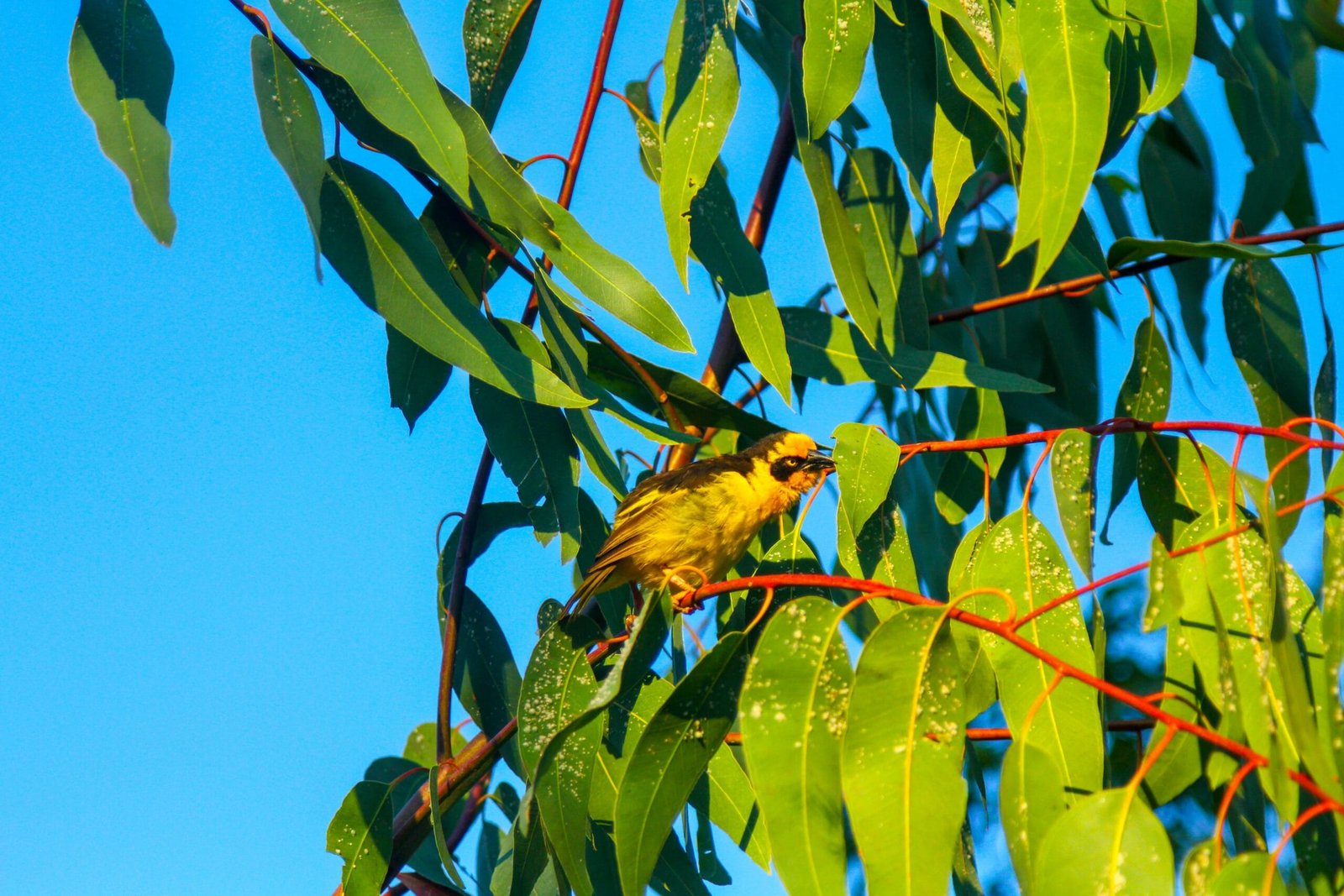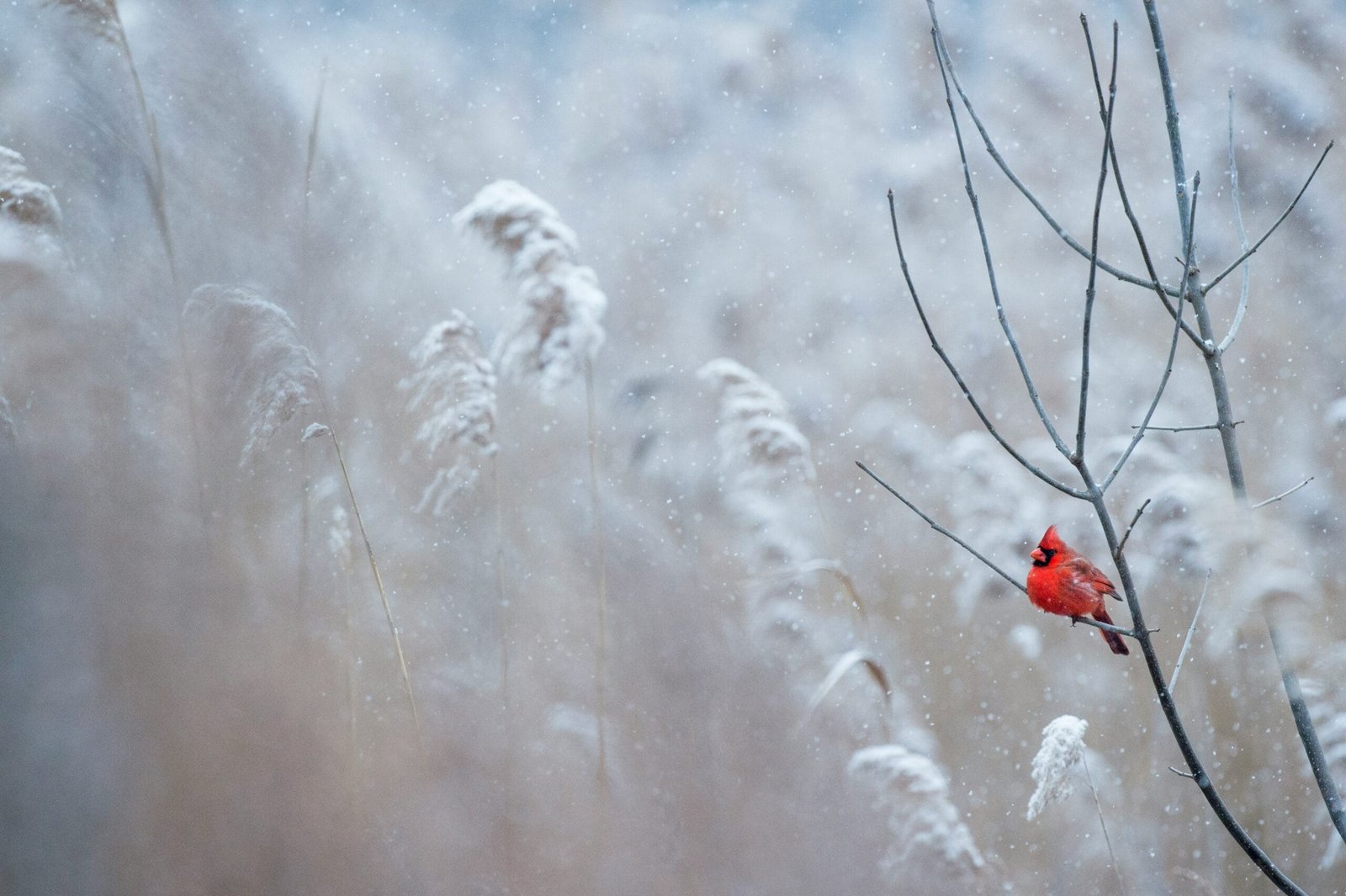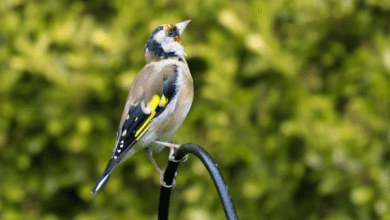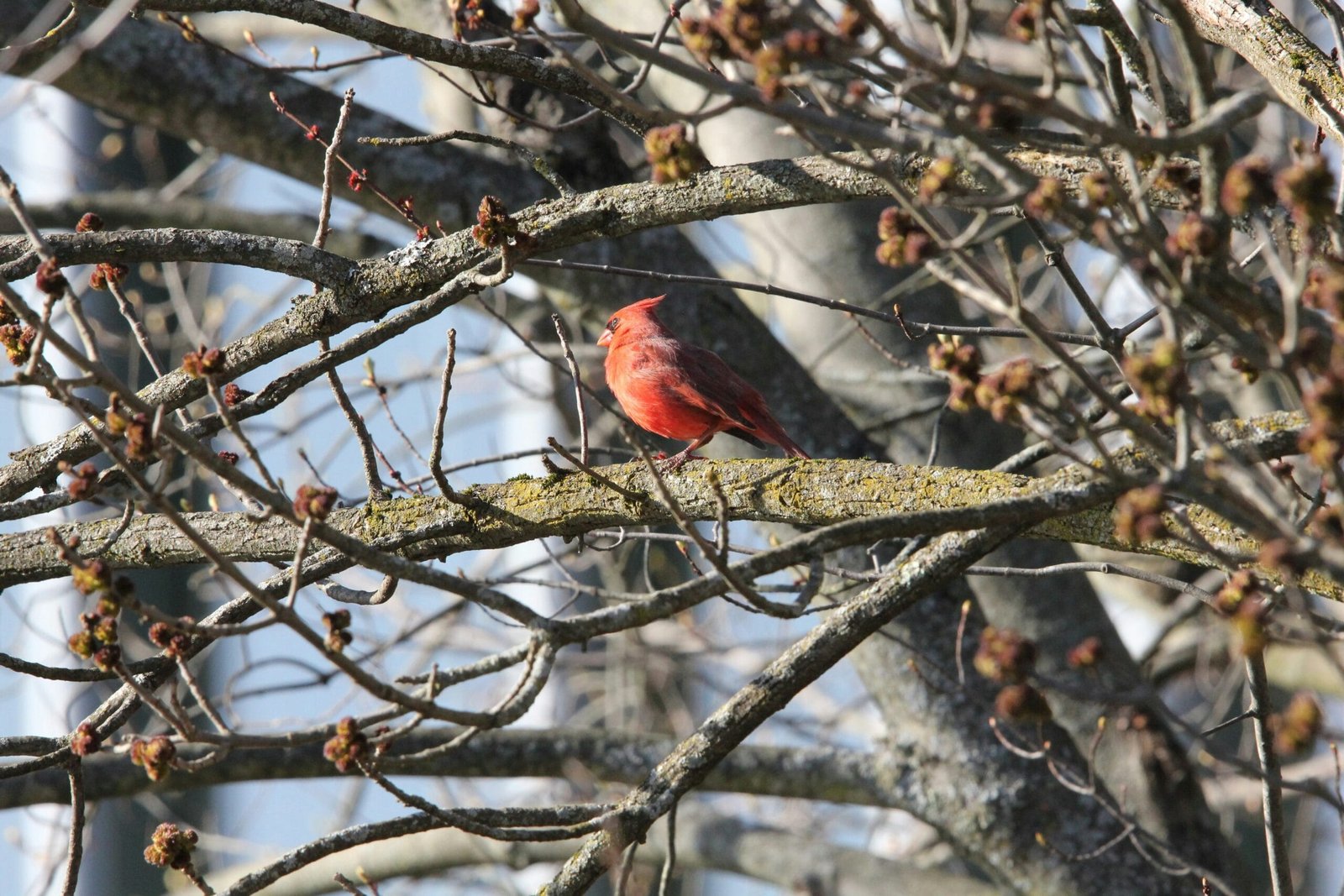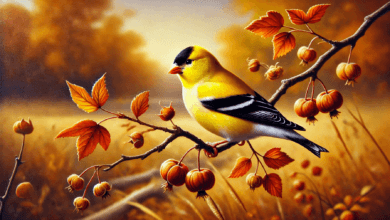Understanding the Migration Patterns of Goldfinches: A Comprehensive Guide
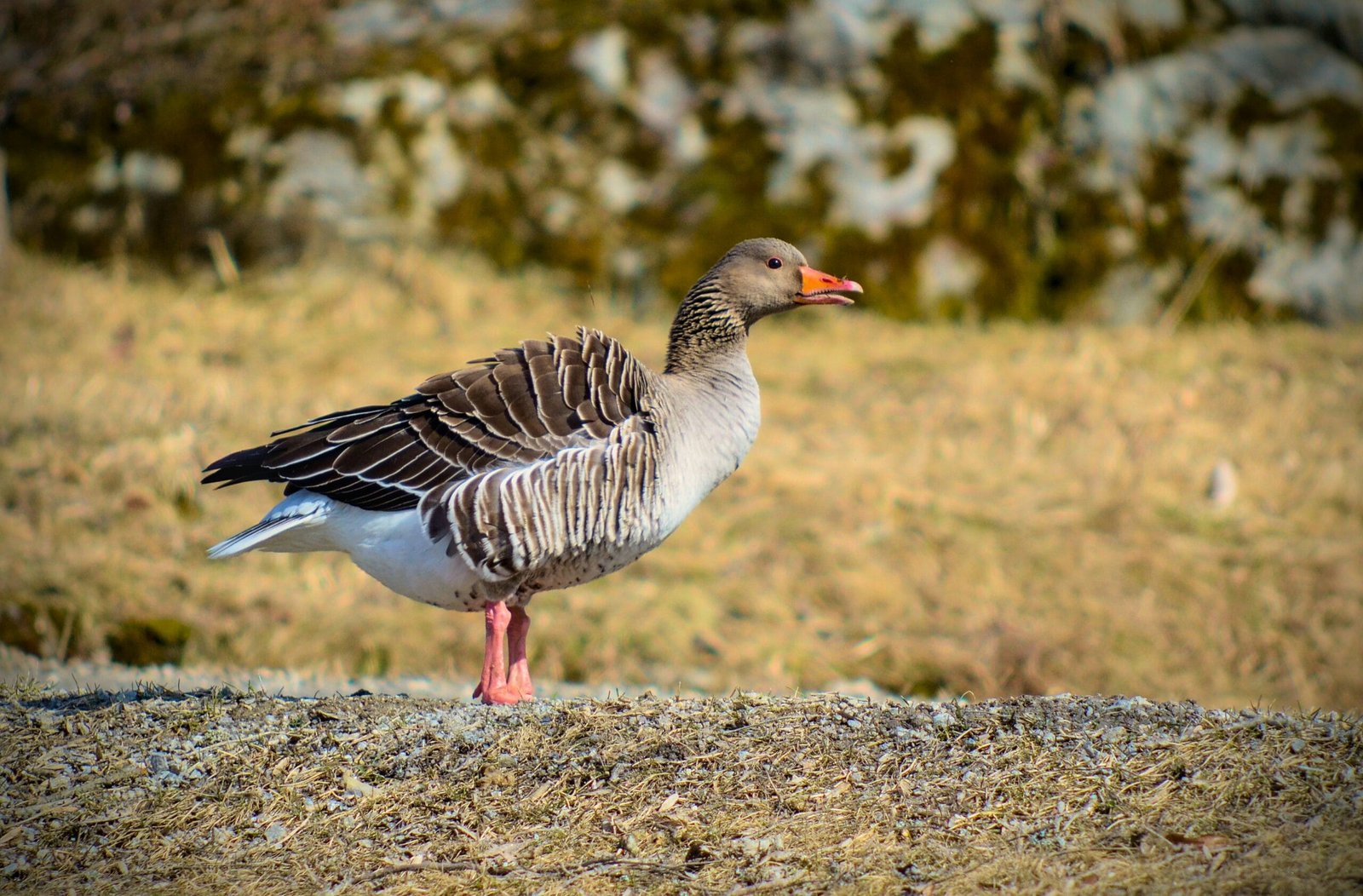
Introduction to Goldfinches and Their Migration
Goldfinches, members of the finch family, are small songbirds recognized for their vibrant plumage and melodious calls. Notable species include the American goldfinch, the Eurasian goldfinch, and the lesser goldfinch, each exhibiting unique characteristics that contribute to their popularity among birdwatchers and nature enthusiasts. Goldfinches are primarily known for their striking yellow and black coloration, especially during the breeding season when males don their brilliant attire to attract females. These birds are common in both urban and rural settings across North America and Europe, often found in open fields, gardens, and parks.
One of the key aspects of goldfinch behavior is their migratory patterns. Unlike many birds that migrate long distances, goldfinches typically exhibit a more localized migration. American goldfinches, for example, tend to move south in the winter to regions with milder climates, although they may remain in northern areas if food sources are abundant. This seasonal movement is essential for their survival, as it allows them to find sustenance during the colder months when seeds, their primary food source, are less available.
Understanding these migration patterns is critical for several reasons. For birdwatchers, knowing when and where goldfinches migrate can enhance their observational experiences and promote the conservation of these beautiful birds. Furthermore, goldfinches play a vital role in the ecosystem by acting as seed dispersers. Their feeding habits contribute to plant propagation and help maintain biodiversity in their habitats. Thus, studying goldfinch migration not only enhances recreational birdwatching activities but also supports ecological health. In this guide, we will explore the intricacies of their migration behaviors, providing valuable insights for anyone interested in these delightful avian companions.
Types of Goldfinches and Their Specific Migration Patterns
Goldfinches, a family of small and vibrant songbirds, encompass several species, each exhibiting distinct migration patterns influenced by geographical regions and environmental factors. Among the most prominent species are the American Goldfinch (Spinus tristis) and the Lesser Goldfinch (Spinus psaltria). Understanding their specific migration behaviors is crucial for bird enthusiasts and researchers alike.
The American Goldfinch, known for its bright yellow plumage during the breeding season, primarily resides in North America. These birds typically migrate shorter distances compared to other finch species. Their migration is largely influenced by food availability, particularly during the late summer and early fall when seeds become scarce. American Goldfinches tend to move south to warmer climates, such as parts of Mexico and the southern United States, as days shorten and temperatures drop, covering distances that can range from a few hundred to over a thousand miles.
Conversely, the Lesser Goldfinch displays a more varied migratory behavior, particularly given its geographical distribution across North and South America. This species is generally considered non-migratory eastern populations migrate seasonally to follow food resources, while western populations are more sedentary. Lesser Goldfinches prefer open habitats such as fields, gardens, and edges of woodlands during their migration journey, often foraging in thistle and dandelion patches. Their adaptability to diverse environments allows them to thrive in varying habitats along their migratory routes.
Overall, the migration patterns of goldfinches reflect their remarkable adaptability and reliance on seasonal changes in food availability. By recognizing the distinct behaviors of the American Goldfinch and the Lesser Goldfinch, one can better appreciate the complexity of their migration and the ecological factors that influence it.
Factors Influencing Goldfinch Migration
The migration patterns of goldfinches are significantly influenced by a combination of environmental and biological factors. One of the predominant aspects is temperature changes, as goldfinches are sensitive to fluctuations in temperature that can affect their feeding habits and overall survival. During colder months, these birds seek warmer climates where food sources are more abundant. The availability of seeds and other food resources plays a crucial role in determining when and where goldfinches migrate. They are primarily seed eaters, and the harvest of seeds throughout their breeding grounds influences their migratory behavior.
Moreover, the breeding cycles of goldfinches are tightly knit with their migration patterns. Goldfinches typically breed in late summer, and this timing aligns with the seasonal availability of seeds which are essential for feeding their young. After the breeding season, adult goldfinches will migrate to seek areas where food is plentiful to support their health and survival during the winter months. Therefore, successful nesting and the survival of fledglings are key factors that influence the decision to migrate.
Additionally, the role of daylight hours cannot be underestimated. Goldfinches rely on the length of daylight as a cue for migration. As days grow shorter in the fall, these birds instinctively prepare for migration, driven by the need to optimize foraging opportunities and maintain energy reserves. Weather conditions, including wind patterns and storms, also affect their migration timing and routes. Adverse weather can delay migration or force birds to take alternative pathways to ensure safe transit to their winter habitats. All of these factors work together, creating a complex interplay that guides the remarkable migration of goldfinches.
Understanding Migratory Routes and Stopover Points
The migratory patterns of goldfinches are intricate and influenced by various geographical features. These small birds typically take advantageous routes that maximize efficiency in energy consumption and access to food resources. Notably, goldfinches migrate primarily from their summer breeding grounds in North America to wintering locations in Central America and southern parts of the United States. This migration usually occurs in a series of segments, making certain stopover points critical in their journey.
Key migratory routes align with natural landmarks, such as rivers, mountain ranges, and coastal areas. For instance, during the fall migration, goldfinches often follow the Mississippi River, utilizing it as a corridor that provides easy navigation along with abundant food sources. Significant stopover points in their migratory routes include regions where native plants such as sunflowers and thistles are prevalent. These locations not only facilitate rest but also offer crucial nourishment, allowing the birds to replenish their energy reserves before continuing on their journey.
The ecological importance of these stopover habitats cannot be overlooked. They serve as vital links in the migratory chain, as goldfinches depend on these areas for sustenance during migration. Disruption of these ecosystems, whether through urban development or climate change, poses a significant risk to the goldfinch population. Maintaining the integrity of these habitats is essential for the survival of the species, as it ensures that they have access to the resources they need during their migratory journey.
Understanding these migratory routes and stopover points helps ornithologists and conservationists develop strategies to protect these critical habitats. Through careful monitoring and conservation efforts, we can ensure that goldfinches continue to thrive as they undertake their remarkable migrations year after year.
When to Expect Goldfinches in Your Area
The timing of goldfinch migration varies considerably based on species and geographic locations. In North America, the American Goldfinch (Spinus tristis) is the most common species observed. Understanding migration patterns is essential for birdwatchers and nature enthusiasts who wish to observe these vibrant birds during their seasonal travels.
Generally, goldfinches undergo a two-way migration, leaving their breeding grounds in the late summer to early fall and returning in the spring. This migration typically begins around late August, continuing through September, when adult goldfinches and their young leave for the southern United States and Mexico. The return migration, on the other hand, usually occurs between March and May, coinciding with the arrival of spring and the rebirth of food sources such as seeds and flowering plants.
For those interested in tracking goldfinches’ migrations, several factors can assist in determining their presence in a specific area. Understanding local climate is crucial, as goldfinches are more likely to be spotted in regions where winter temperatures are milder and food sources are abundant. Utilizing local feeder setups filled with nyjer seeds can attract goldfinches and enhance the observing experience. Observers should pay attention to the seasonal changes in their surroundings, as the fluctuations in plant life often dictate the availability of food for these birds.
Moreover, utilizing online birding communities or local wildlife organizations can provide insights into when goldfinches are sighted in specific areas, helping enthusiasts know when to expect their arrival. This proactive approach not only brings joy to birdwatchers but also enhances understanding of the migration trends of these exquisite creatures throughout the seasons.
How to Attract Goldfinches During Migration
Attracting goldfinches to your yard during their migration can be a rewarding experience, allowing you to observe these vibrant birds up close. One of the first steps to entice them is to select the appropriate feeders. Goldfinches are particularly fond of tube feeders with small perches, which are designed for their feeding style. Ensure that the feeder is easy to clean to maintain the health of visiting birds.
When it comes to food, nyjer seeds are the goldfinch’s preferred choice during migration. These tiny black seeds are high in oil and provide the necessary energy goldfinches need while traveling. Additionally, sunflower seeds can be a suitable alternative, attracting not just goldfinches but also other seed-loving birds. It is best to use feeders specifically designed for these types of seeds to prevent waste and ensure that goldfinches can access their food easily.
Water sources are equally crucial for attracting goldfinches, as they require hydration during their long journeys. Consider placing a shallow birdbath in your yard, ensuring it has a gentle slope for easy access. Regular maintenance is important; clean the birdbath frequently and refill it with fresh water to encourage these birds to visit. Goldfinches, like many birds, are also drawn to native plants. Planting species such as coneflowers, sunflowers, and asters will provide natural food sources and refuge, thus creating a welcoming environment.
Creating a suitable habitat involves offering a blend of feeders, nutrient-rich seeds, accessible water, and native plants. By doing so, you will not only attract migrating goldfinches to your yard but also contribute positively to their survival during migration. Observing these beautiful birds can be a fulfilling experience that enhances your appreciation of nature.
Conservation Efforts for Goldfinches and Their Habitats
The conservation of goldfinches, including the American goldfinch and the lesser goldfinch, has become increasingly important as they face a variety of challenges. One of the primary concerns is habitat loss, which has been exacerbated by urban development and agricultural expansion. These changes to their natural environment disrupt the availability of food sources and breeding grounds essential for their survival. Additionally, climate change poses a significant threat, as shifts in temperature and weather patterns can impact migration routes and breeding success.
To combat these issues, various conservation efforts have been initiated. Organizations dedicated to avian conservation are working to restore and protect habitats that goldfinches rely on during their migration journeys. This includes the preservation of native plants that provide food and nesting sites, vital for the sustenance of goldfinches and other local wildlife. These efforts often involve collaboration with local communities, fostering awareness of the importance of protecting these habitats and encouraging responsible land use practices.
Individuals can play a crucial role in supporting the conservation of goldfinches and their habitats. Simple actions such as planting native flowers and seed-producing plants in gardens can provide crucial feeding stations for these birds. Moreover, homeowners can reduce the use of pesticides that can be harmful to goldfinches and other beneficial species. Participating in citizen science projects, such as bird counts, not only contributes valuable data to ornithologists but also enhances community engagement regarding bird conservation efforts.
Furthermore, supporting policies that promote habitat protection and sustainable environmental practices can result in significant benefits for goldfinches and their ecosystems. It is essential to recognize that the health of these birds is closely tied to the well-being of their environments, making collective and individual conservation efforts integral to their survival.
Common Myths About Goldfinch Migration
Goldfinches, particularly the American Goldfinch (Spinus tristis), are often surrounded by various myths about their migration patterns and behaviors. One of the most prevalent misconceptions is that these birds are not migratory at all. While it is true that some populations remain in their breeding range throughout the year, many goldfinches do engage in seasonal migration. They tend to move southward in winter to areas where food sources, such as seeds from sunflowers and thistles, are more readily available. Thus, understanding that some populations migrate while others do not is essential in dispelling this myth.
Another common myth is that goldfinches are incapable of flying long distances. In reality, goldfinches are quite adept fliers and can travel considerable distances during their migratory journeys. They can soar at heights of up to 10,000 feet and cover hundreds of miles in a single day if necessary. Their flight patterns may appear irregular and bouncy, which can lead to the misconception that they struggle with lengthy flights. However, this undulating flight style is simply a characteristic of their energetic and agile movement.
Furthermore, it is often believed that goldfinches migrate alone. In contrast, they are known to form small flocks during migration, particularly outside the breeding season. This behavior serves several purposes, including enhanced safety in numbers and a more effective search for food. Groups of goldfinches can often be seen flitting together among fields and gardens, which highlights their social nature during these periods. By addressing and correcting these myths, readers can appreciate the complexity and adaptability of goldfinch migration, gaining a deeper understanding of these vibrant and resilient birds.
Conclusion: The Beauty of Goldfinch Migration
In summary, the migration patterns of goldfinches present a remarkable spectacle that highlights the intricacies of nature’s rhythms. Throughout this guide, we have explored the factors triggering goldfinches’ seasonal movements, including environmental cues such as temperature changes and food availability. Observing these small yet vibrant birds as they travel across regions provides valuable insights into their behaviors and adaptations. Their migrations not only reflect their innate survival strategies but also serve as a reminder of the delicate balance within ecosystems.
Engaging in birdwatching can foster a deeper appreciation for these avian wonders. As individuals observe goldfinches flitting through gardens or perched on feeders, they become part of a larger community that values nature. The colorful plumage and delightful songs of goldfinches captivate bird enthusiasts and casual observers alike, evoking joy and curiosity about their life cycles and migration routes. Documenting these sightings can contribute to a growing body of citizen science, offering valuable data for researchers studying migratory trends and habitat preferences.
Moreover, understanding the challenges that goldfinches face during migration is crucial for their preservation. Issues such as habitat loss, climate change, and food scarcity can jeopardize these birds’ successful journeys and overall population health. Therefore, it is imperative for birdwatchers and nature lovers to participate in conservation efforts. From creating bird-friendly environments in backyards to supporting local and national conservation organizations, every effort contributes to the sustainability of goldfinch populations and their habitats.
Ultimately, appreciating the beauty of goldfinch migration transcends mere observation; it becomes a pathway to fostering a greater connection with nature. By engaging with the complexities of their migratory patterns, individuals can cultivate not only knowledge but also a commitment to protecting these exquisite creatures and their ecosystems.

